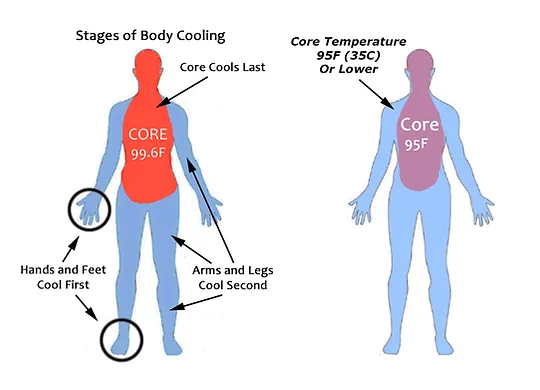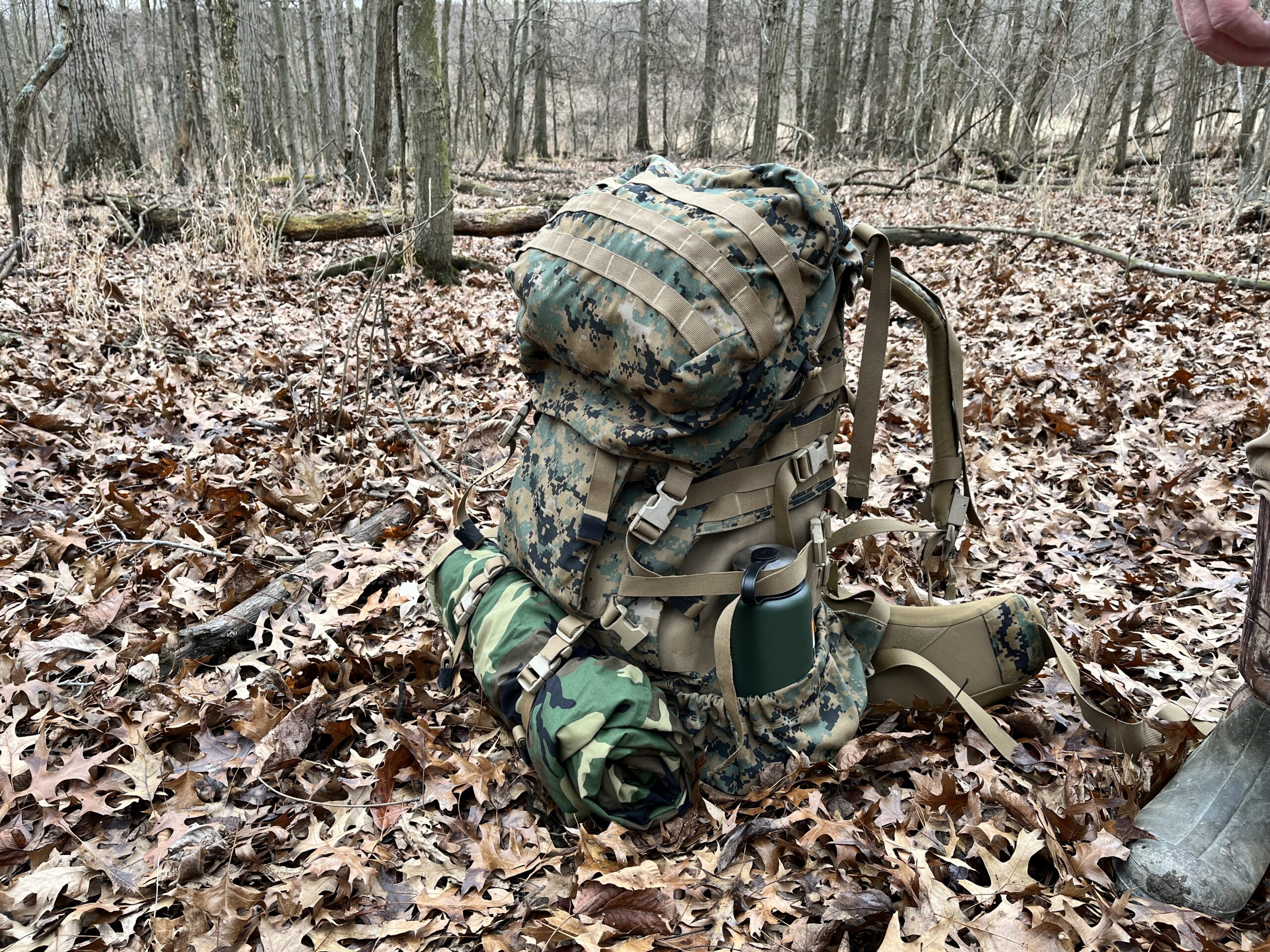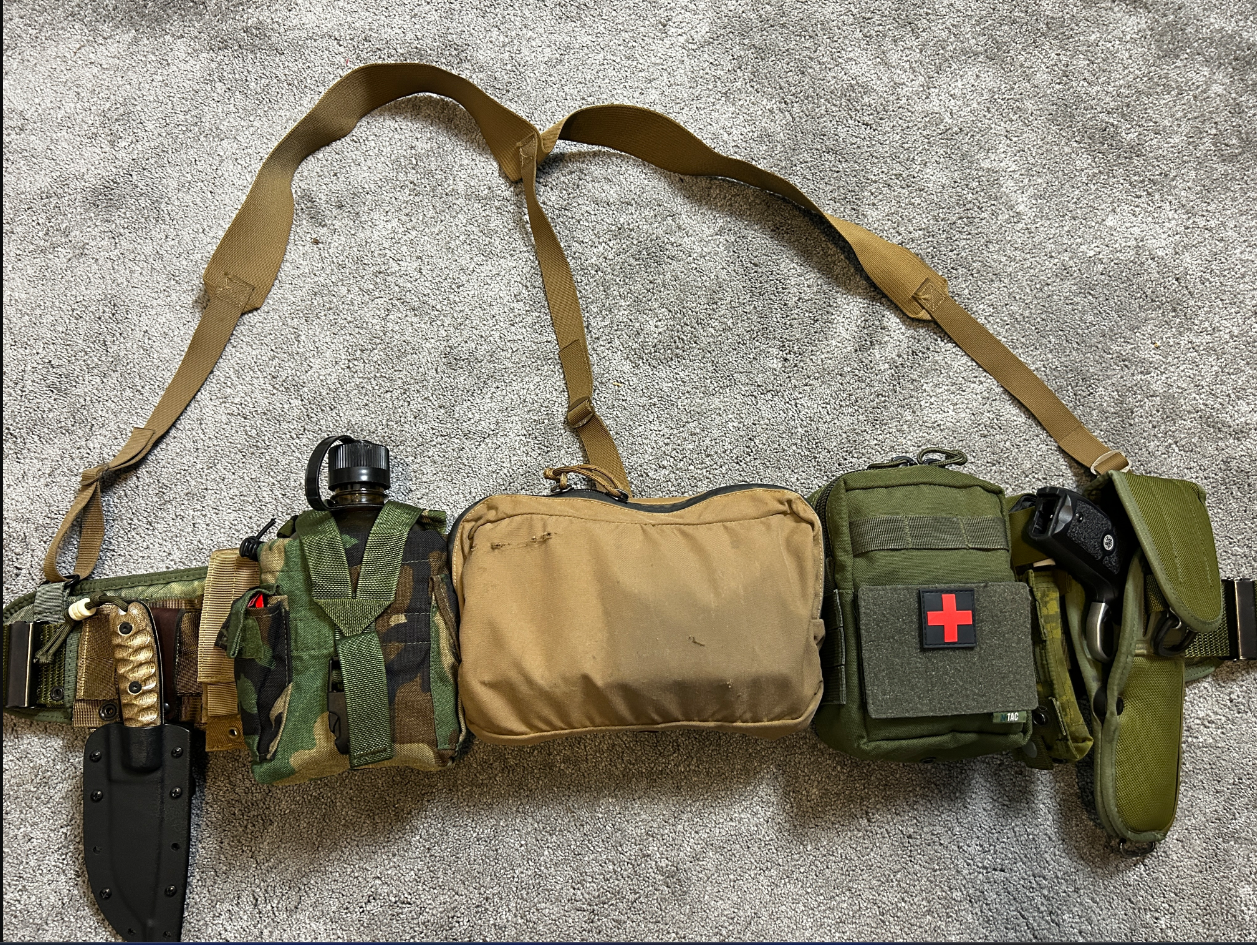Introduction:
As the winter months approach, it is essential to shed light on a potentially life-threatening condition that often goes unnoticed: hypothermia. While most of us associate hypothermia with extreme cold and frigid environments, it is crucial to understand that this condition can affect anyone, regardless of the temperature outside. In this article, we delve into the dangers of hypothermia, its causes, symptoms, and preventive measures.
Understanding Hypothermia:
Hypothermia occurs when the body loses heat faster than it can generate, resulting in a drop in core body temperature below the normal range of 97.7-99.5°F (36.5-37.5°C). It can happen in both cold and mild temperatures and is not limited to outdoor exposure. Subtle factors such as dampness, inadequate insulation, or prolonged exposure to air conditioning can contribute to the onset of hypothermia.
The Dangers:
Impaired Cognitive Function: As the body temperature drops, cognitive abilities are severely affected. Confusion, memory loss, poor judgment, and difficulty in decision-making become apparent. This impairment can lead to risky behaviors, accidents, and a failure to seek help, exacerbating the situation.
Cardiovascular Complications: Hypothermia affects the heart, resulting in decreased blood flow and irregular heart rhythms. These cardiovascular complications can be life-threatening, particularly for individuals with pre-existing heart conditions.
Respiratory Issues: The body’s natural response to cold is to constrict blood vessels, leading to a decrease in oxygen supply. In severe cases of hypothermia, breathing can become shallow and slow, putting additional strain on the respiratory system.
Frostbite: Prolonged exposure to cold temperatures increases the risk of frostbite, which occurs when tissues freeze. Frostbite often affects extremities such as fingers, toes, ears, and the nose. If left untreated, it can result in permanent tissue damage or even amputation.
Recognizing the Symptoms:
- Shivering, initially followed by a cessation of shivering in more severe cases.
- Early recognition of hypothermia symptoms is vital to prompt intervention. The signs can vary depending on the severity of the condition and include:
- Cold and pale skin, often accompanied by numbness or tingling sensations.
- Slurred speech, confusion, and drowsiness.
- Weak pulse and slow, shallow breathing.
- Fatigue, loss of coordination, and unsteady gait.
Preventive Measures:
Prevention is key when it comes to combating hypothermia. Consider the following measures to protect yourself and others:
Dress Appropriately: Layer clothing to trap warmth and opt for moisture-wicking materials. Ensure your head, hands, and feet are adequately covered, as they are particularly susceptible to heat loss.
Stay Dry: Moisture increases the rate of heat loss from the body. Be mindful of staying dry in wet conditions, such as snow or rain, and change damp clothes promptly.
Maintain Warmth: Use blankets, sleeping bags, or space heaters to keep the environment warm indoors. When venturing outside, be prepared with extra layers and appropriate gear.
Seek Shelter: In extreme weather conditions, seek shelter immediately. Avoid exposure to the elements for extended periods, especially if you are ill, fatigued, or have limited mobility.
Stay Hydrated and Nourished: Proper hydration and nutrition help regulate body temperature and fuel the body’s heat-generating processes. Drink warm fluids and eat regular, nutritious meals.
Conclusion:
Hypothermia is a serious condition that demands attention and awareness, particularly during colder months. Understanding its dangers, recognizing the symptoms, and taking preventive measures are crucial for personal safety and the well-being of those around us. By staying informed and prepared, we can effectively combat the silent threat of hypothermia and enjoy the winter season safely.





Leave a Reply